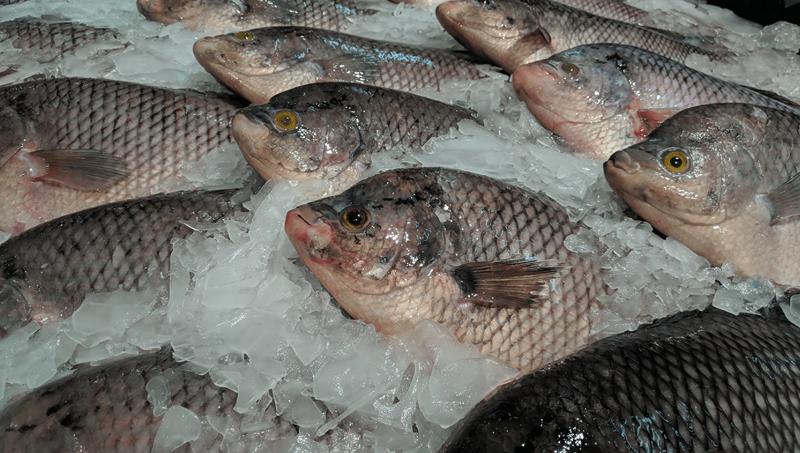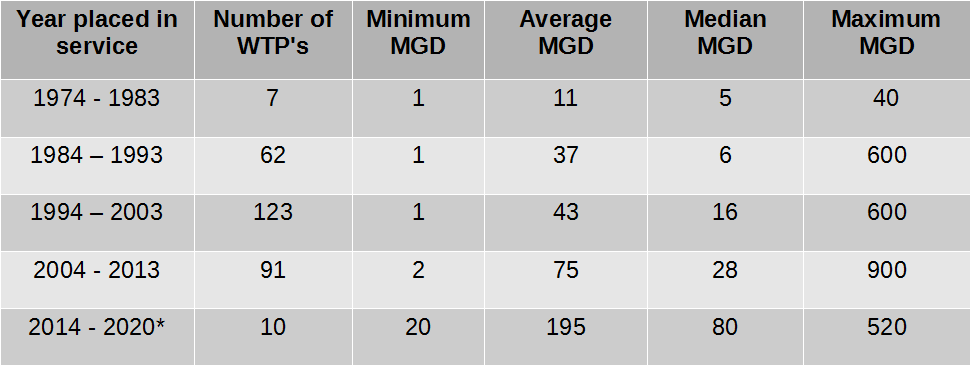Ozonated Ice & Fish Storage: Extending Shelf-Life and Ensuring Quality
When it comes to seafood storage, maintaining freshness and quality is of utmost importance. This is where ozonated ice comes into play. By dissolving ozone gas into water and freezing it in an ice making machine, ozonated ice can be created. The ozone becomes stored within the ice, resulting in a powerful tool for seafood storage. With the use of ozonated ice, the shelf-life of fish can be extended, leading to fresher and more appealing products for consumers.
The use of ozone in seafood storage is not a new concept. Research conducted in the commercial fish industry in France as early as 1936 demonstrated a remarkable 33% extension in the shelf-life of fresh fish stored on ozonated ice compared to regular ice produced from water in fishing vessel compartments. Since then, the use of ozonated ice has expanded beyond fishing vessels and is now employed in fish farming and processing operations throughout the industry.
The benefits of using ozonated ice in fish storage are numerous. Firstly, it helps to reduce bacteria and extend the shelf-life of fresh fish. Ozone can be dissolved in water to wash seafood and fish fillets, effectively reducing bacterial contamination. By keeping the fish on ozonated ice, the growth of bacteria can be inhibited, ensuring the fish remains fresh for a longer period.
Moreover, ozonated ice has been instrumental in preserving the premium quality of fish. This is particularly important for fishing vessels that can remain at sea for extended periods. It ensures that the fish harvested early in the voyage are as fresh and of comparable quality to those caught near the end. The use of ozonated ice on fishing vessels has enabled the industry to command higher prices for fresh fish products due to their superior quality.
Not only is ozonated ice beneficial for fishing vessels, but it has also found its way into fish processing operations and fish farms. Many fish processors and fish farms rely on ozonated ice for their seafood storage requirements. The use of ozonated ice offers a convenient and effective method for prolonging the shelf-life of seafood products. It reduces waste and allows for the delivery of superior seafood products to the market.
Studies have shown the positive impact of ozonated ice on fish storage. For example, sardines stored on ozonized slurry ice had an increased shelf-life of 8 days compared to 5 days for those stored on regular ice. Salmon iced with ozonated ice saw an extension of shelf-life from 4 days to 6 days compared to non-ozonated ice. Catfish fillets treated with aqueous ozone showed a shelf-life of 14 days, compared to 4-6 days for conventional treatments.
The science behind ozonated ice storage lies in the ability of ozone to remain active when stored in ice for months, or even years. As long as the starting ozone levels are high enough, the ice can hold the ozone in a stored capacity for a prolonged period. Ozone remains active even when stored as ice and will reform water containing dissolved ozone when it melts.
In conclusion, the use of ozonated ice in fish storage is a valuable technique that has revolutionized the seafood industry. It extends the shelf-life of fish, ensures the preservation of premium quality, reduces waste, and delivers superior seafood products to consumers. With its proven effectiveness, ozonated ice has become a go-to solution for fish storage on fishing vessels, in fish processing operations, and fish farms. By harnessing the power of ozone, the seafood industry can continue to provide fresh and high-quality fish to meet the demands of consumers worldwide.
You can read more about this HERE


